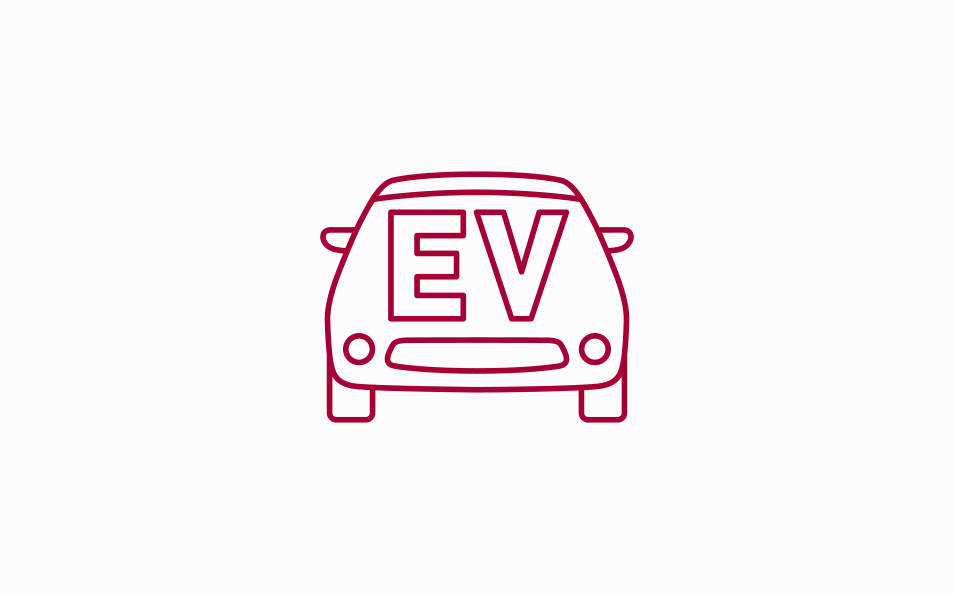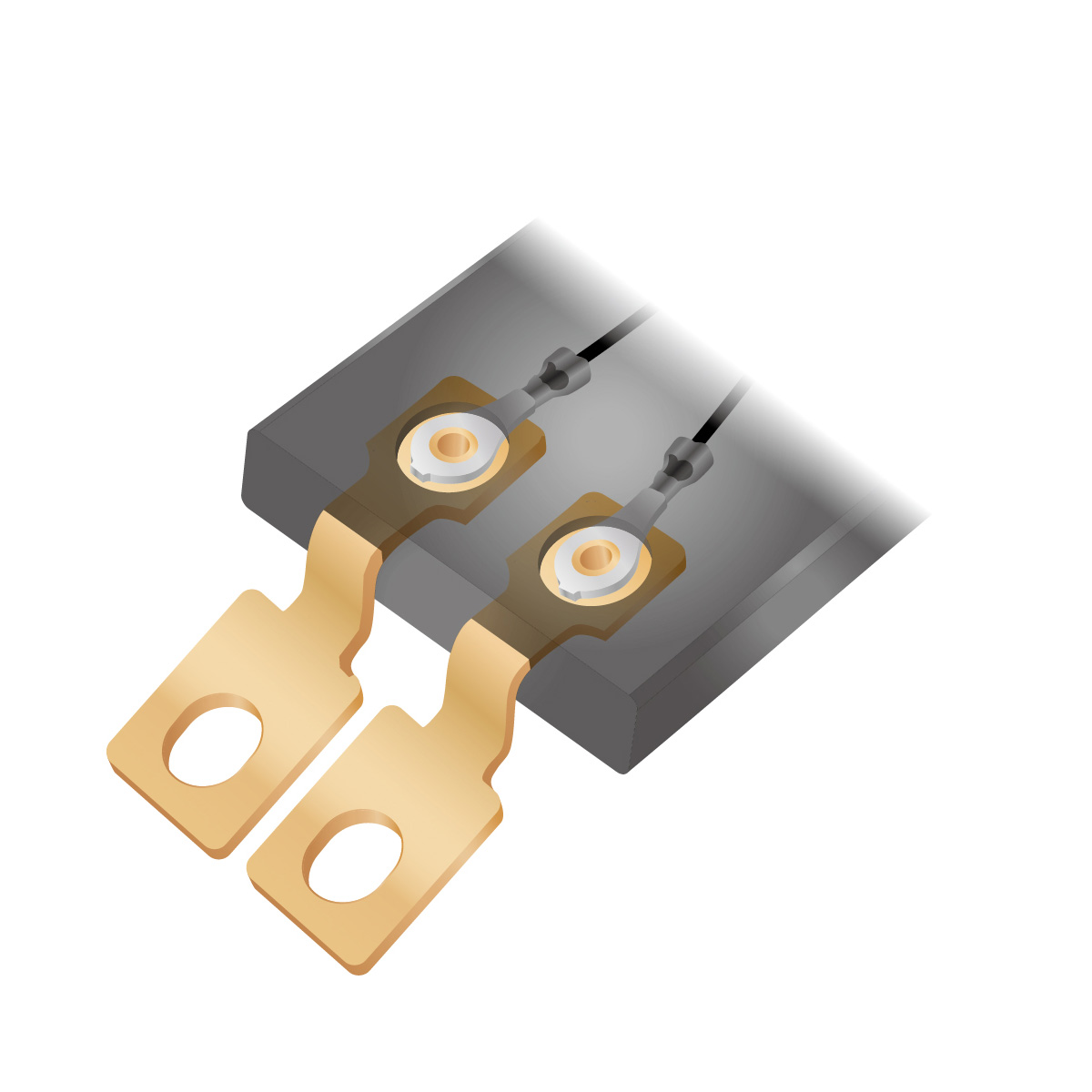

- Electrification
- Global
Revolutionizing xEV Components: ATECS's "In-Mold Crimping" Delivers High Efficiency and Performance
As the shift to xEVs accelerates, manufacturers face growing pressure to meet component demands for miniturization, light weighting, lower profiles, and reduced cost standards — without compromising performance. Rising to this challenge, ATECS leverages its expertise in precision insert molding to pioneer a breakthrough joining method: “in-mold crimping.” This article presents a case study on achieving high efficiency and reliability through this innovative approach, as shared by Mr. Tamanobu Naruoka, President of ATECS Co., Ltd.
The Issue
As xEV systems demand more power, components like DC-DC converters, inverters, and terminal blocks must handle high voltage and current reliably. A common pain point? Connecting sensor terminals (usually plated with tin or nickel) to highly conductive copper busbars.
Traditional joining methods present significant drawbacks:
- Plating the busbar contact point increases processing steps and costs.
- Resistance welding adds complexity, consumes high current due to joining materials with extremely low electrical resistance, and often results in unstable conductivity due to its point-based connection.
The Solution
Revolutionizing Connections: The "In-Mold Crimping" Method
ATECS's proposed solution addressed this challenge through ground-breaking "in-mold crimping" method. With this method, terminals and busbars are physically "crimped" directly within the mold. Unlike traditional point-based welding, this method creates a broad, surface-to-surface connection, ensuring stable and high conductivity. This minimizes power loss in high-current and high-voltage xEV components, enhancing reliability.
Enhanced Performance and Efficiency Through Synergy
Furthermore, the true value of "in-mold crimping" is amplified by its synergy with subsequent precision insert molding. When the crimped metal composite is insert-molded with resin, the strong compression forces during molding dramatically improve the adhesion between the busbar and the terminal. This unique process not only significantly enhances the robustness and long-term reliability of the component but also eliminates complex manufacturing steps like additional busbar plating or high-current resistance welding, leading to substantial process efficiency and cost benefits.

This innovative "in-mold crimping" technology embodies ATECS's philosophy of "solving challenges related to xEV evolution with innovative ideas and advanced technology", all centered around their precision insert molding expertise. With in-mold crimping, ATECS introduces a smarter way forward, providing a highlighy efficient and high-performing solution meets the evolving demands of the xEV market with precision and purpose.
Partner with NAGASE Mobility for Your xEV Needs
Have any design or procurement challenges related to xEVs? Contact NAGASE for expert support and cutting-edge solutions.